Segment: The Most Valuable Player of Customer Data Management
Messy customer data management means inefficient workflows and ineffective client-facing campaigns. This is especially the case with established companies that have several years of accrued data.
Think about it this way: Have you ever seen the show Hoarders? Because your company might be one!
If you haven’t seen the show, here’s the premise: a professional organizer and a psychologist visit the homes of people with hoarding problems. The viewer gets to spend time pitying the squalor in which the participants live and marveling at 8-foot stacks of old newspapers and giant stuffed teddy bears won in the ‘76 Ohio State Fair.
Then, after a bunch of shaming and convincing, the host spends a couple of days emptying the space out, throwing everything useless away and re-organizing all of the stuff that’s still important.
Picture most modern technology companies like that overflowing, messy house.
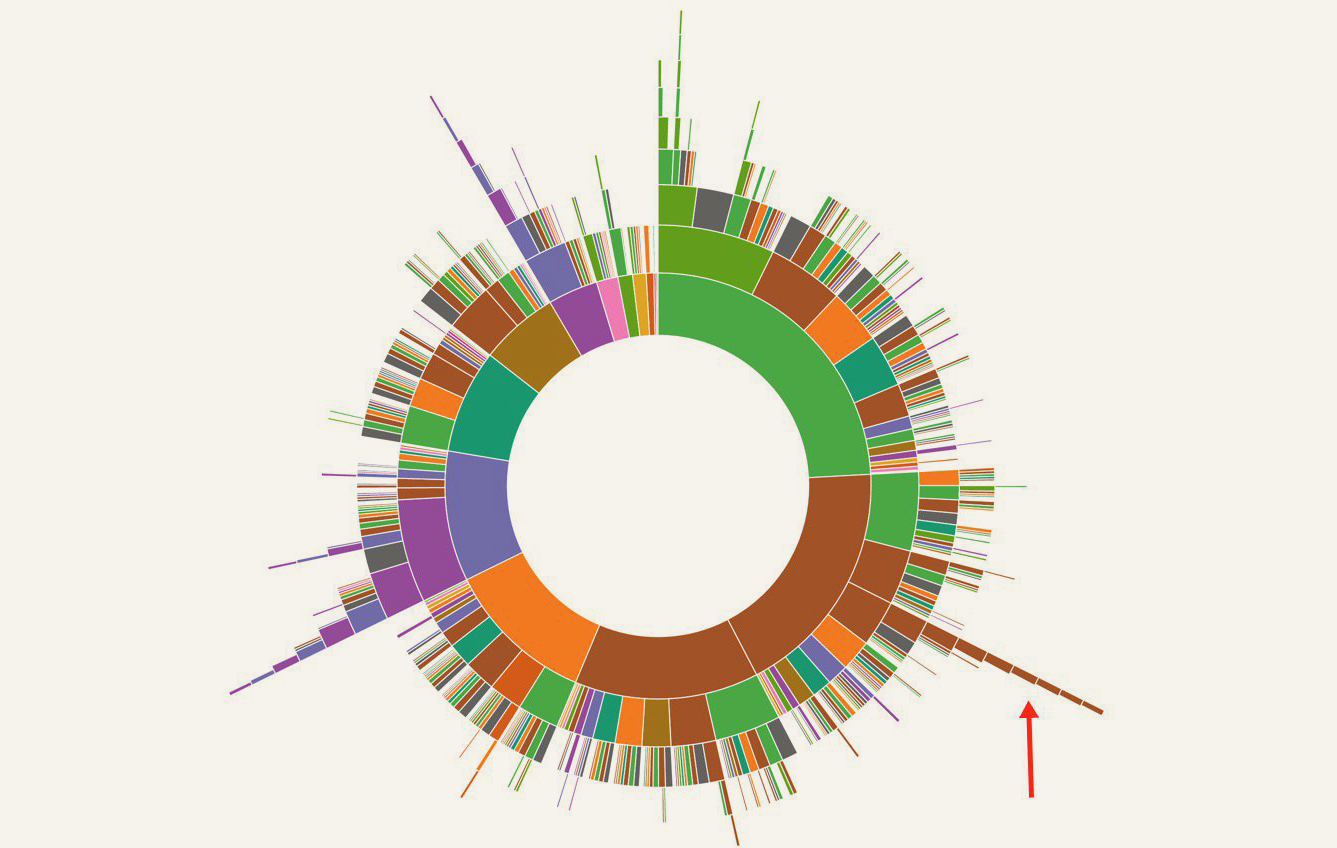
Streamlining customer data management is challenging, especially for companies that do not have a uniform system for storing and interacting with it.
If your customer data is spread across various databases, applications, and websites, it can be frustrating or impossible to quickly access a complete and thorough customer profile when you need it most.
Segment provides a very simple and intuitive solution. The customer data infrastructure software offers a dashboard/hub that aggregates all of the data from various different sources into one easy-to-digest profile, which then allows that data to be easily transmitted to other applications like Google Analytics.
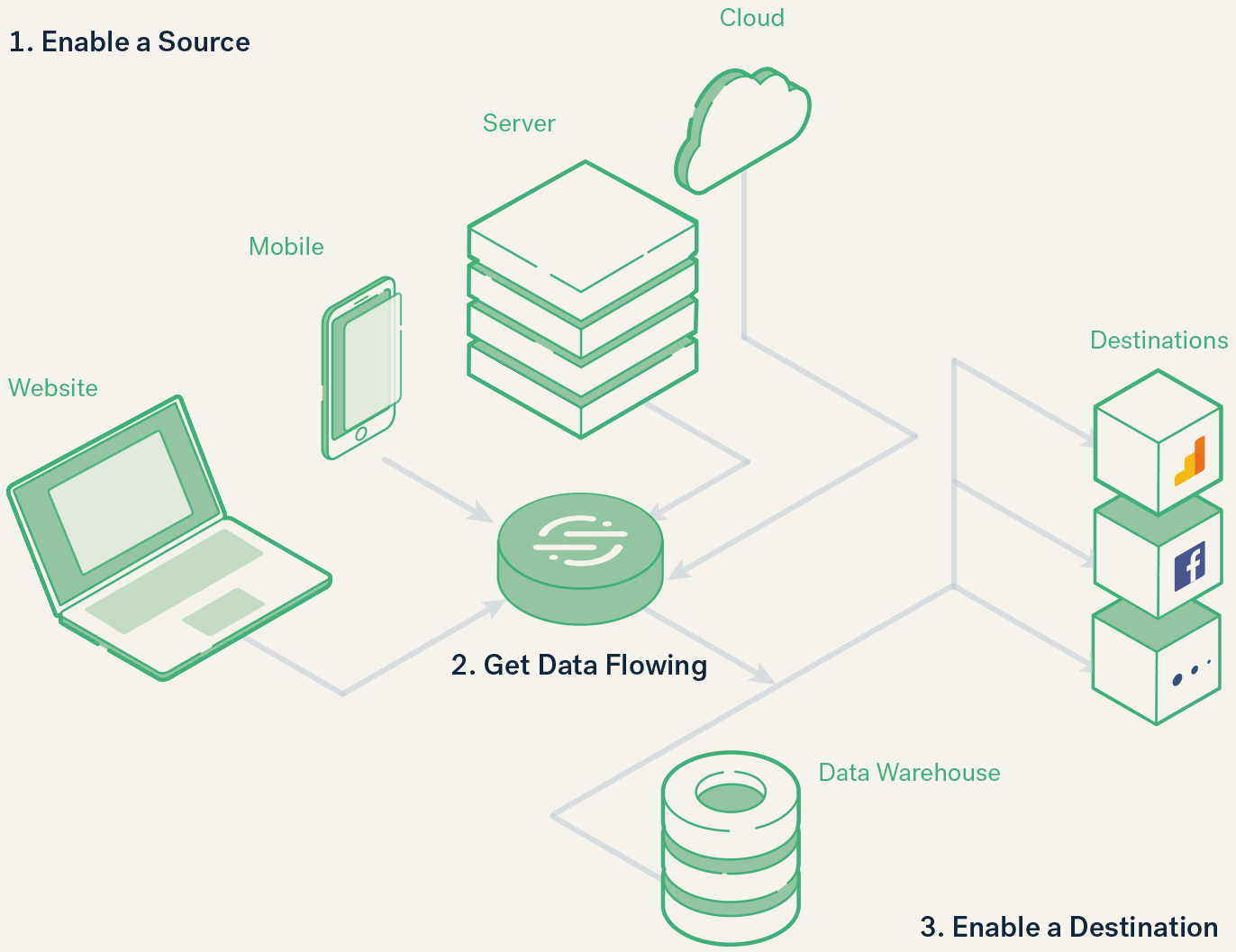
With over 19,000 companies using Segment in 2018, it is pretty clear how valuable the streamlining of customer data has become. Segment is an extremely popular software but comes from pretty humble beginnings.
School’s out for summer, school’s out forever
Peter Reinhardt, one of the co-founders of Segment, pivoted through a few ideas before landing on the framework for what would eventually become Segment.
He and his co-founders, Ilya Volodarsky, Calvin French-Owen, and Ian Storm Taylor, originally conceived of an idea for an app that would allow students to anonymously report when they became confused during university lectures. The idea became ClassMetric. The data produced by the app would allow professors to modify their teaching strategies to reach more people.
It’s an interesting idea, except that it ignored one essential component of university: nobody actually goes to or listens to lectures. If they even show up, they spend the whole time chilling on Facebook watching no-bake cheesecake recipes or using the Nike website to build custom Jordans.
Although ClassMetric never took off, it can’t really be considered a failure, because, in an indirect way, it led to the creation of Segment.
While building their school app, the co-founders also built an unassuming bit of software that could collect data from the lecture app and transmit the findings to various metrics and analytics softwares. That architecture would end up forming the basis of Segment.
Originally, Reinhardt hated the idea of trying to monetize their code—he simply didn’t see the demand for it. He uploaded the source code to a programming forum and was shocked when they got blasted with a huge mountain of e-mails in just a few days.
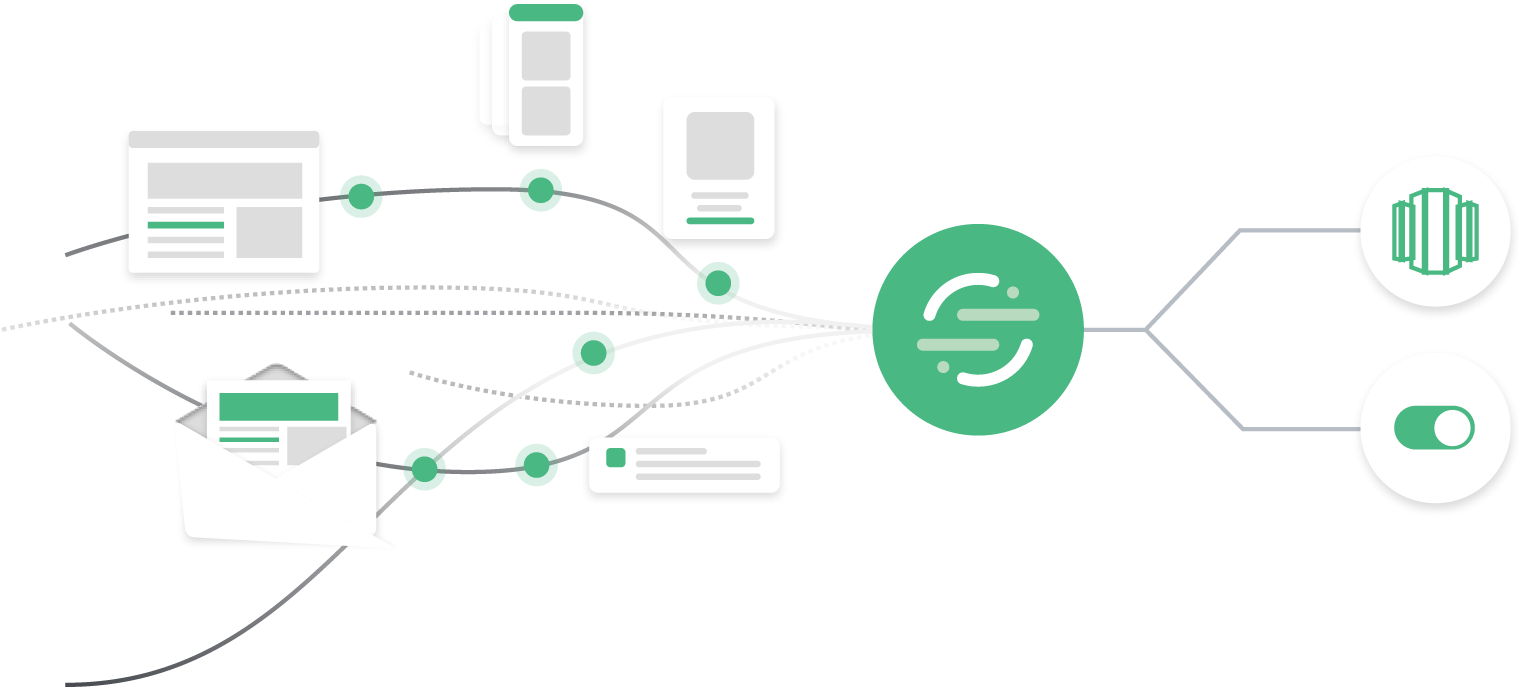
Features
Connect:
Using a simple API, Segment can import and consolidate user information from all of your disparate first-party sources. Once that data has been migrated, it can then be transmitted and mapped to various features in end destinations like Google Analytics, Facebook and 200 other possible integrations.
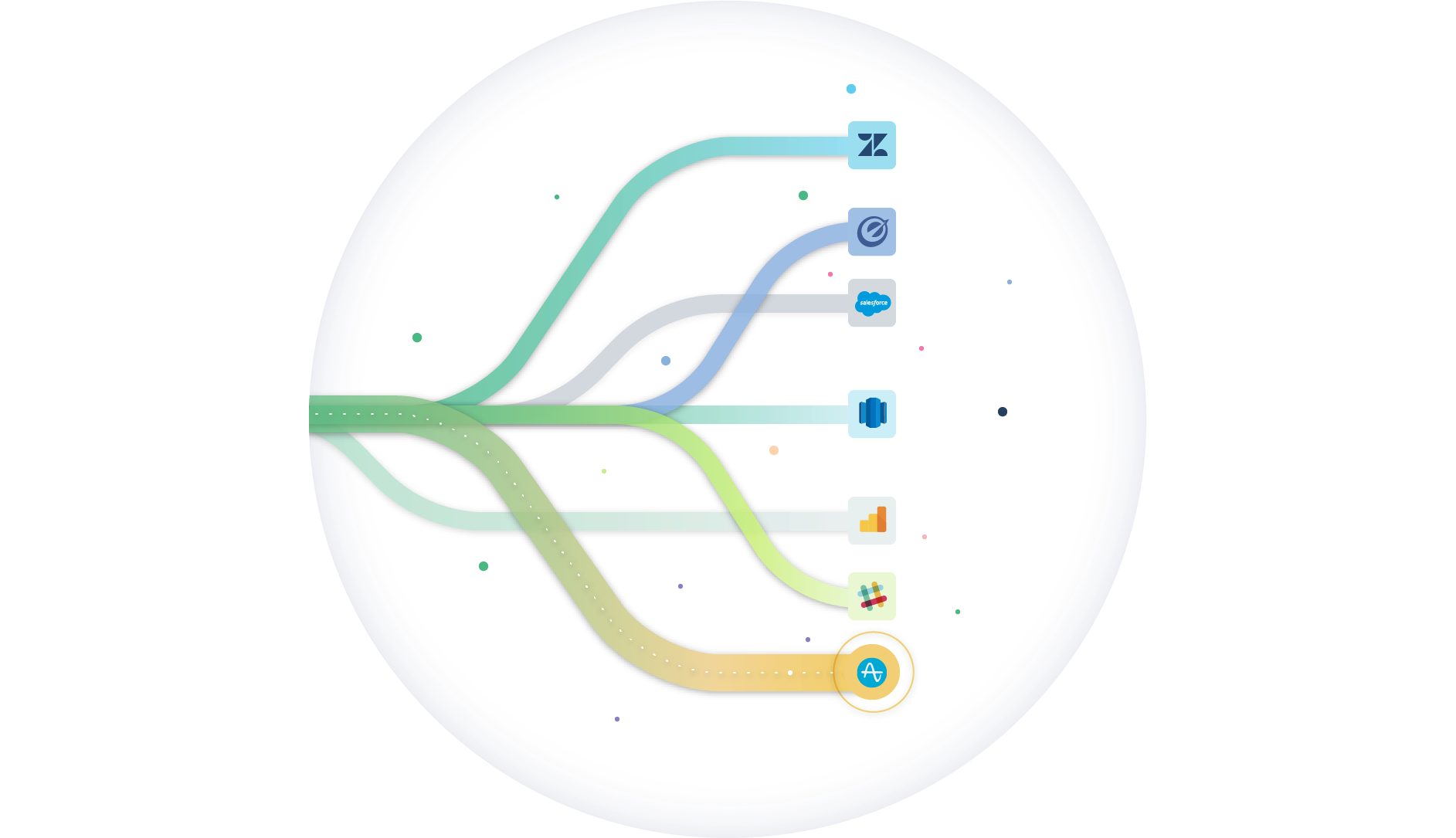
Segment implements extremely thorough and secure procedures to ensure that the collected data is accurate, allowing businesses to confidently use the data to initiate campaigns and projects.

You heard it from Segment first: “From digital product design to advertising, marketing automation and data warehousing—with Segment, getting first-party customer data into business-critical systems is no longer an engineering roadblock.”
Data collection streamlines campaigns and data management. With Segment, a more efficient environment for in-house engineers is created, meaning fewer late nights creating unique integrations for every situation.
Protocols
The protocols component of Segment is basically an advanced Q&A tool that ensures your not using faulty data to initiate campaigns.
Like, why did your friend’s grandma get her Facebook flooded with ads for High Times magazine? There was probably an improper use of customer data somewhere down the line.
Protocols standardize all of your information and allows you to create tracking plans to ensure consistency and accuracy across all platforms.
![]()
It also allows you to test tracking codes automatically so you don’t have to get an intern to spend three weeks checking each one manually. By ensuring the consistency of data and tracking, you can also ensure that customer interactions and employee action will remain consistent as well.
The protocol function eradicates the possibility of human error in data management. When entire company projects can rely on that data, the importance of perfection can’t be understated.
Getting rid of that middleman ensures reliable data, and will also probably let some poor interns sleep a little better at night knowing they don’t have the entire weight of the company on their shoulders.
Personas
Not the long, tedious Ingmar Bergman film, nor the acclaimed PlayStation series, Segment’s take on Personas may be a bit less artistic than the latter, but definitely a lot more useful to the average company.
Segment’s Personas feature accumulates all of the data provided by both ends of the pipeline and creates an easy-to-digest and analyze customer profile, called an Identity.
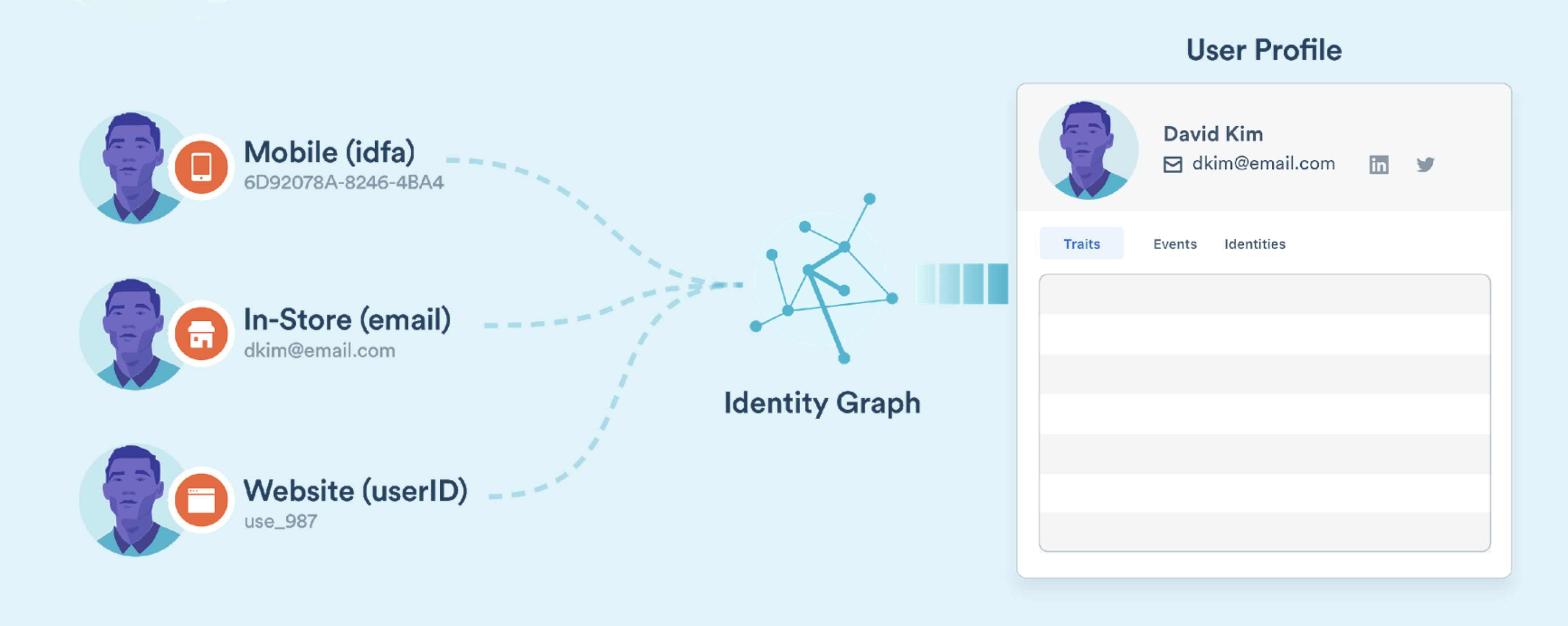
The other key component of the Persona platform is called an ‘Audience.’
An Audience is a set of rules that can be created to identify specific criteria associated with different customers.
For example, you could create an Audience ruleset that searches the client database for any person that has spent over 500$ on shoes in the last month. All of those shoe fanatics can then have personalized campaigns created to meet their needs.

I seg-meant what I said: This is a great tool
Rather than taking power away from customers, Segment strives to give control back to the user—by giving them access to content that actually interests them, and by allowing companies to interact with them as more than just a name and e-mail address in a database.
Of course, for those in doubt, Segment has added a new API to allow companies to quickly and efficiently act on customer removal requests. This new API allows companies to easily stop collecting data or delete pre-existing data at the client’s request. Hey, it’s the law, so it’s a good thing.
If it feels like your company could be on the data collection equivalent of the show Hoarders, after Segment you’ll feel like you’ve received a visit from Marie Kondo.
If you’re still skeptical, just remember—it’s tough to argue with the 19,000+ companies actively using Segment to create clean and tailored databases and client interactions!




